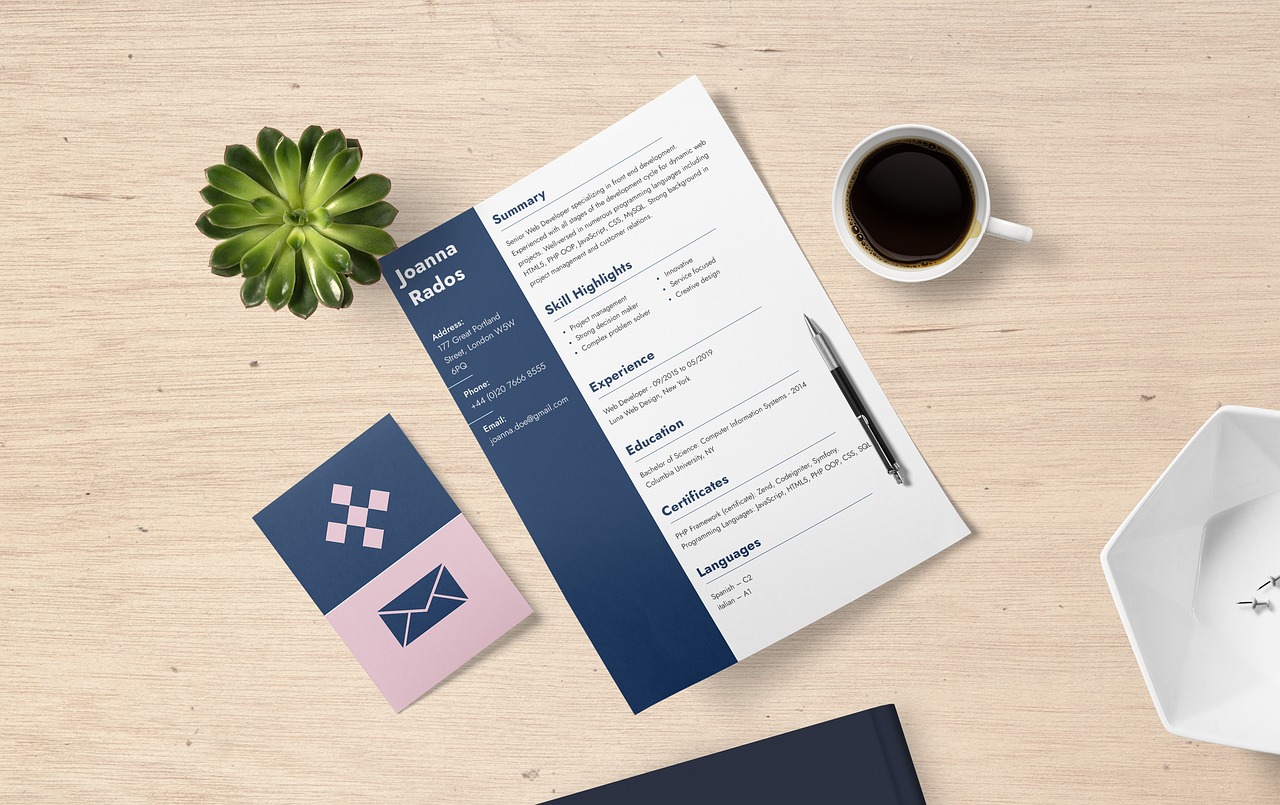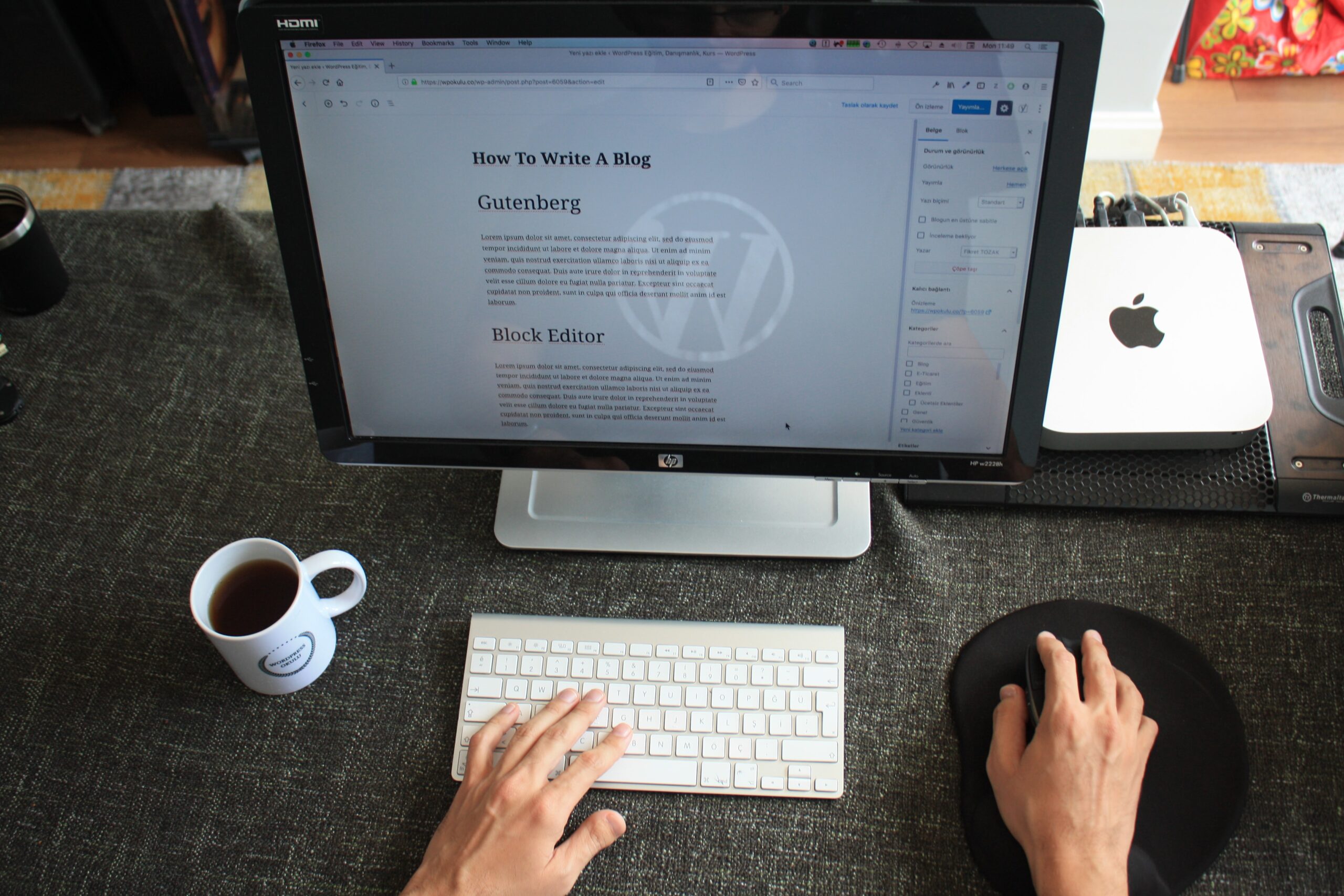Education
Discover The Power Of Meditation: A Comprehensive Guide for Buddhist Beginners

To begin your journey toward spiritual enlightenment through Buddhism, you may find it helpful to start with meditation. As a central part of Buddhist practice, meditation can be a powerful means of personal growth. If you have been interested in Buddhism but feel overwhelmed by the abundance of information available, Buddhist meditations for beginners can be a good place to start.
Through this comprehensive guide to Buddhist meditations for beginners, you will be introduced to the benefits of meditation and given the tools to lead a more peaceful and fulfilling life. With a combination of simple exercises and practical advice, you will learn how to reduce stress and open your mind to the wonders of the world. This guide will take you on a journey of self-discovery and help you tap into the unlimited potential of your inner self.
A Guide to Basic Buddhist Meditations for Beginners Techniques
To start learning Buddhist meditations for beginners, you should focus on mastering a few key techniques that can help cultivate focus and stillness of mind. These basic techniques include mindfulness meditation, Loving-Kindness meditation, and Visualization meditation. Once you have a good understanding of these primary techniques, you can move on to more advanced methods.
Mindfulness meditation involves focusing on the breath and bringing the attention back to the breath whenever the mind wanders. Loving-Kindness meditation involves cultivating feelings of compassion and kindness towards oneself and others. Visualization meditation involves picturing oneself in a peaceful or happy place and focusing on the image and the feelings it brings up.
As you practice these techniques, you will find that you can stay in the present moment for longer periods and access positive mental states at will.
How to Prepare for a Meditation Session
To have a comfortable meditation experience, make sure to choose a position that allows you to sit comfortably with a straight back. You can sit in a chair with your feet flat on the floor, or a cushion on the floor with your legs crossed. It can be helpful to use a blanket for support if sitting on a cushion.
Place your hands in your lap with your palms facing up if sitting in a chair. Close your eyes and take a few deep breaths, focusing on your breath and letting go of any thoughts that come to mind. If your mind wanders, simply redirect your focus back to your breath.
You can start with a short meditation session, setting a timer for 5 minutes and gradually increasing the duration as you become more comfortable with meditation.
Tips for Making Meditation a Part of Your Daily Life
- It’s important to set achievable goals when starting a meditation practice. If you are new to meditation, it is best, to begin with, short daily sessions of 5 or 10 minutes and gradually increase the duration as you become more comfortable. Avoid trying to do too much too quickly.
- It’s important to choose a time and place for meditation that is free of distractions and interruptions. Find a comfortable spot in your home where you can sit undisturbed and make it your designated meditation area. This will make it easier for you to establish a regular practice.
- To make meditation a regular part of your life, it is important to establish a daily practice. Once you have identified a convenient time and place to meditate, make it a habit by incorporating it into your daily routine. With consistency, meditation will become a natural part of your daily routine.
- Buddhist meditations for beginners require practice and patience. Don’t get discouraged if your mind wanders or you struggle to focus at first. Just keep returning to your breath and eventually you will find that you can become fully immersed in the present moment.
Ways to Enhance Your Meditation Experience
There are several ways to enhance your meditation experience. Start by finding a quiet, comfortable place to sit or lie down where you won’t be disturbed. You may find it helpful to use a pillow or blanket to support your back and neck.
As you inhale and exhale, focus on your breath and the sensations in your body. If your mind starts to wander, bring your attention back to your breath. Don’t get discouraged if you don’t feel like you’re making progress right away.
Buddhist meditation for beginners is a practice that requires time and patience. Keep at it and you will eventually start to see and feel the benefits.
The Power of Mantras and Affirmations
Using mantras and affirmations can be an effective way to support personal development and growth. Repeating positive statements about ourselves can influence our subconscious minds to believe them, leading to increased self-confidence, stronger relationships, and success in life. Mantras and affirmations are useful for achieving a wide range of goals, such as weight loss, quitting smoking, attracting love, or improving work performance.
The key to success is finding a mantra or affirmation that resonates with you on a deep level and repeating it regularly with conviction. With consistent practice, you will start to see positive changes in your life. If you’re not sure where to start with mantras and affirmations, try using some of the following examples to improve your life:
- I am healthy and complete.
- I am surrounded by loving and supportive people.
- I am confident and successful in everything I do.
- I attract only positivity into my life.
How to Find the Right Meditation Teacher
There are several things to consider when looking for a meditation teacher. It is important to find someone you feel comfortable with and who has the experience and knowledge to guide you in achieving your goals. Here are some tips to help you find the right meditation teacher:
- Ask for recommendations. Ask friends, family, and colleagues if they can recommend a good meditation teacher.
- Research potential teachers. Once you have a few names, take some time to research each one by reading their websites and checking online reviews.
- Prepare a list of questions. When meeting with potential teachers, come prepared with a list of questions about their experience, teaching style, and philosophy.
- Follow your gut. Ultimately, you will need to trust your intuition when selecting a meditation teacher. Choose someone who you feel a connection with and who you believe will help you achieve your goals.
How to Find Supportive Communities and Resources
It can be challenging to connect with others when starting with a meditation practice, but there are many online and offline resources available to help you find supportive communities. Joining an online forum or community dedicated to meditation can be a great way to meet and connect with other meditators. There are also local meditation groups that you can find by searching online or reaching out to your local Buddhist center.
You can find a variety of books and articles on Buddhist meditations for beginners in addition to online resources. Both the internet and local libraries can provide a good selection of materials on Buddhism and meditation. Your meditation teacher or center can also provide recommendations and resources for finding supportive communities and activities. Many teachers and centers have lists of recommended books and websites and can recommend local groups.
Conclusion: Unlocking Your Inner Potential Through Buddhist Meditations for Beginners
To unlock your inner potential, you can try Buddhist meditations for beginners. This type of meditation aims to help you achieve mindfulness, or the ability to be present and aware without judgment. There are various methods of Buddhist meditation for beginners, but all of them seek to cultivate mindfulness.
To experience the benefits of meditation, including increased control over your thoughts and emotions, a sense of inner strength and wisdom, and a more peaceful and contented life, you can follow our comprehensive guide for Buddhist beginners. This guide will provide you with the necessary information to get started with meditation, such as how to find a comfortable position, focus your mind, and handle distractions.

Education
How to Make Your CV Stand Out: See CV Templates Here

When it comes to job hunting, your CV is the first thing that recruiters see, and it’s essential to make a good impression. A well-crafted CV can be the difference between getting an interview or being overlooked. Fortunately, there are ways to make your CV stand out, and one of them is by using templates. In this article, we’ll discuss why templates are useful, what to look for in a template, and where to find them.
Why Use CV Templates?
Using a CV template is an excellent way to make your CV stand out for several reasons. First, a template gives you a professional-looking structure that makes it easy to organize your information. Second, it ensures that your CV is easy to read and visually appealing. Finally, a template can help you save time and effort, as you don’t need to design a CV from scratch. So, if you’re struggling to make your CV stand out, see CV templates here.
What to Look for in a CV Template
When choosing a CV template, there are a few things you should look for. First, ensure that it’s compatible with your field or industry. For instance, if you’re a graphic designer, a creative template that showcases your work might be more appropriate than a simple one. Second, make sure that the template is easy to customize. You want to be able to add your information without too much hassle. Finally, ensure that the template is optimized for Applicant Tracking Systems (ATS). ATS is software used by employers to scan CVs for specific keywords. If your CV doesn’t have the right keywords, it might not make it past the initial screening process.
Where to Find CV Templates
There are many places where you can find CV templates. Here are some of the most popular options:
Microsoft Word: Microsoft Word has a built-in library of templates that you can use. Go to File > New > Resumes and CVs to see the available options.
Canva: Canva is a free graphic design tool that has a range of templates, including CVs. You can customize the templates to suit your needs and download them in PDF or PNG format.
Etsy: Etsy is an online marketplace where you can find handmade and vintage items, including CV templates. The templates are usually created by graphic designers and can be customized to your liking.
Google Docs: Google Docs has a range of templates that you can use, including CVs. You can access them by going to File > New > From Template.
In conclusion, using a CV template is an effective way to make your CV stand out. It ensures that your CV is well-organized, visually appealing, and easy to read. When choosing a template, make sure it’s compatible with your industry, easy to customize, and optimized for ATS. You can find templates on Microsoft Word, Canva, Etsy, and Google Docs, among other places. So, don’t let your CV get lost in the pile. See CV templates here and take your job hunting game to the next level.
Education
Book32: Affordable Next Generation E-Book Platform
Book32: In today’s digital age, e-books have become an increasingly popular way to read and access literature.

Book32: In today’s digital age, e-books have become an increasingly popular way to read and access literature. With the rise of e-book readers, tablets, and smartphones, reading on the go has never been easier.
However, despite the convenience of e-books, the e-book market is still dominated by a few major players. Book32 is a new e-book platform that aims to change that.
What is Book32?
Book32 is a next-generation e-book platform that offers a wide range of features to make reading e-books more enjoyable and convenient. The platform is designed to be user-friendly, with a simple and intuitive interface that makes it easy for users to find and download books.
Additionally, Book32 offers a wide range of customization options, such as the ability to adjust the font size, background color, and more.
One of the key features of Book32 is its search functionality. The platform’s advanced search algorithm makes it easy for users to find the book they’re looking for, even if they’re unsure of the title or author. Additionally, the platform offers a variety of sorting and filtering options to help users find the books that are most relevant to them.
Another critical feature of Book32 is its social integration. The platform allows users to connect with friends and share their reading experiences. Users can also join book clubs and participate in online discussions with other readers.
Content and Selection
Book32 offers a vast selection of books, including bestsellers, classics, and indie titles. The platform partners with a variety of publishers and authors to ensure that users have access to a wide range of literature. Additionally, it is constantly updating its selection to ensure that users always have access to the latest releases.
The platform also offers a variety of formats, including EPUB, PDF, and MOBI, making it easy for users to read on any device. Additionally, Book32’s platform is compatible with a wide range of e-book readers, including Kindle, Nook, and more.
Pricing and Subscription
Book32 offers a variety of pricing options to suit different needs. Users can purchase books individually or sign up for a monthly or annual subscription. The subscription option gives users access to a wide range of books for a low monthly fee, making it an affordable way to enjoy a large selection of literature.
Conclusion
Book32 is a next-generation e-book platform that offers a wide range of features to make reading e-books more enjoyable and convenient. With its user-friendly interface, advanced search functionality, and social integration, the platform makes it easy for users to find and enjoy books.
Additionally, their vast selection of books, formats, and pricing options make it accessible to a wide range of readers. With its innovative approach, it is poised to shake up the e-book market and offer a new and exciting way to experience literature.

 Others7 months ago
Others7 months agoDavid T Bolno: Why Giving Back To The Community Is So Crucial

 Travel7 months ago
Travel7 months agoPractical And Essential Car Interior Accessories To Add Comfort And Convenience To Your Drive

 Travel7 months ago
Travel7 months agoBusiness Visa for CANADA

 Health7 months ago
Health7 months agoGarlic Is The Best Vegetable To Treat Heart Problems

 Business7 months ago
Business7 months agoTop Reasons Why you Need to Consider Outsourcing Real Estate Photo Editing

 Business7 months ago
Business7 months agoDead And Co Setlist What They Played At The Gorge Amphitheatre

 Tech7 months ago
Tech7 months agoCanada Visa for the citizens of Brunei Darussalam

 Games7 months ago
Games7 months agoGTA 5 APK + OBB (Without Verification) 2022 Android/iOS